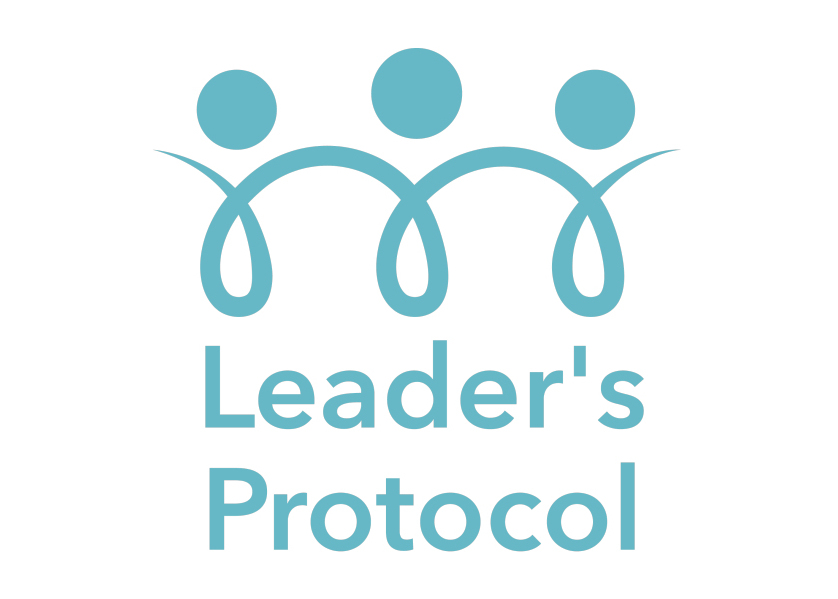No one relishes a difficult conversation going into the discussion, but it's likely you'll feel better for having had it. It's likely not to be as bad as you've created in your mind, and you know it needs to be had. So why do we put off these encounters and how can you equip yourself to be confident in having them? Here's my thoughts ...
Handling Difficult Conversations: A Leader’s Compass
As a leader, there are certain days where you wish you could turn back the hands of time. Those are the days when difficult conversations lie ahead. We all face these crossroads, no matter the field or seniority level. Handling a problematic client, delivering tough feedback to a team member, or discussing sensitive issues – leadership often feels like a never-ending journey through difficult conversations. So, how can leaders effectively manage these talks without losing their way?
Let’s take a look at the healthcare giant, Johnson & Johnson (J&J). In 1982, seven people died in Chicago after ingesting cyanide-laced Tylenol capsules. As the makers of Tylenol, J&J faced an extraordinarily difficult conversation with the public . Instead of shying away, they confronted the issue head-on, recalling 31 million bottles of Tylenol and introducing tamper-proof packaging. By openly addressing the crisis and the actions they were taking, J&J went some way to rebuild trust with consumers, demonstrating the power of effectively handling difficult conversations.
In 2016, Wells Fargo faced a scandal after it was revealed that employees opened fraudulent accounts in customers’ names. The lack of open and honest conversation about the unethical practices led to a culture of fear and deceit. It resulted in damaged relationships with customers, huge fines, and a tarnished reputation. This example reinforces the importance of leaders stepping up to address difficult issues openly, even when the conversation is uncomfortable or has negative consequences.
The Importance of Difficult Conversations
The avoidance of difficult conversations is a leadership pitfall that can have drastic impacts on the business. Not addressing performance issues, avoiding conflict, or side-stepping around sensitive topics doesn’t make them disappear. In fact, it only allows these problems to fester and grow. Avoidance may offer temporary relief, but at what cost?
Think about it. When you don’t address an underperforming employee’s issues, what happens? The work quality continues to decline, affecting team morale and your company’s overall performance. Not having that tough conversation can lead to larger problems down the line. Others (often high performers) notice the absence of your intervention leading them to feel disgruntled, resulting in your credibility taking a nose dive.
The Anatomy of a Difficult Conversation
There are three layers to every difficult conversation, according to the Harvard Negotiation Project. First, there’s the “What happened?” layer, dealing with the matter at hand. The “What happened?” layer involves understanding and discussing factual discrepancies. Each party in the conversation may have different perspectives on the same event. Next is the “Feelings” layer, addressing the emotions involved. The “Feelings” layer deals with the emotions from both sides. It’s crucial to acknowledge these emotions and not dismiss or downplay them. Lastly, the “Identity” layer concerns the impact on personal and professional identity. The “Identity” layer addresses the threat the situation may pose to one’s self-perception or self-esteem. This can be a complex layer to navigate, as it can trigger defensive reactions. Understanding these layers is essential for a leader to navigate effectively through tough conversations.
A Leader’s Compass for Difficult Conversations
So, how can a leader effectively handle difficult conversations? Here’s your compass:
Prepare: Establish the objective of the conversation and anticipate reactions. Practice what you’re going to say, but remember, it’s a conversation, not a monologue. Preparation also involves being mentally ready to handle any emotions that may come up during the conversation.
Open up: Start the conversation on a positive note. Express your intention for having the conversation and make sure to clarify that your aim is resolution and improvement, not accusation.
Empathy: This is crucial. The conversation should be conducted from a place of understanding and respect for the other person’s feelings and perspective.
Be Honest and Clear: Ambiguity and sugar-coating dilute the conversation’s purpose. Be honest and clear about the issues, but ensure your criticism is constructive and solution-oriented.
Listen: Remember, a conversation is a two-way street. Listen to their side of the story. Their input might shed new light on the situation.
Resolve: End the conversation with a resolution. Determine the next steps together and assure them of your support in making improvements.
Here are three questions that leaders can ask themselves about their current approach to difficult conversations. Consider these and think about the areas you can improve on:
- When faced with a difficult conversation, do you tend to confront the situation or avoid it?
- How well do you prepare for such conversations? Do you take time to consider the other person’s feelings and perspectives?
- Reflect on a recent difficult conversation you had. Was there a resolution at the end? How can you ensure future discussions end with a clear way forward?
- Key Takeaways
Navigating difficult conversations is an integral part of leadership. Remember, as a leader, your responsibility is not to have all the answers but to ask the right questions and guide your team towards finding solutions.
Are you avoiding a difficult conversation right now? How can you apply the leader’s compass to address it? When handled correctly, difficult conversations can lead to personal growth, improved relationships, and enhanced performance, making them less of a pitfall and more of an opportunity.
Want more? I’d recommend …
Book: “Crucial Conversations: Tools for Talking When Stakes Are High” Patterson and Grenny.
Article: “We Have to Talk: A Step-By-Step Checklist for Difficult Conversations” Judy Ringer.
Video: “The Secret to Leading Organizational Change Is Empathy” – Harvard Business Review.
Podcast: “Difficult Conversations — What to Say in Tricky Situations” The Science of Success.



